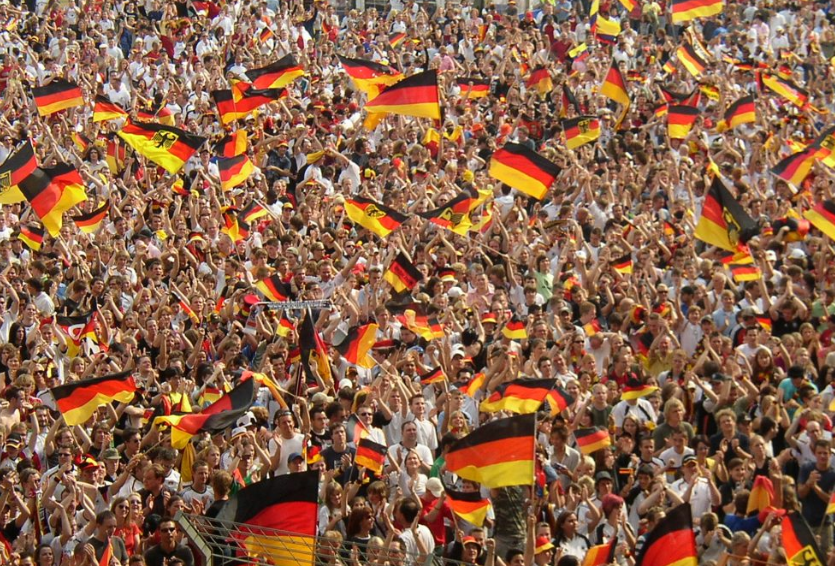Bolivia is a country rich in vibrant cultural celebrations, and one of its most significant festivals is the Aymara New Year, also known as the Bolivia National Festival. This festival holds immense cultural and historical importance for the indigenous Aymara people, who have preserved their traditions and customs for centuries. In this article, we will delve into the captivating world of the Aymara New Year, exploring its significance, traditions, regional celebrations, and the impact it has on tourism in Bolivia.
Background of Bolivia National Festival
The Aymara New Year is deeply rooted in the indigenous Aymara culture, which predates the arrival of the Spanish in Bolivia. The Aymara people have a unique calendar system based on the movements of the sun and moon, and the festival marks the beginning of their agricultural year. It falls on the winter solstice in the Southern Hemisphere, usually around June 21st, when the Aymara believe that the sun begins its journey back to the earth.
Significance and Traditions on Bolivia National Festival
The Aymara New Year is a time of renewal and rebirth, symbolizing the balance between nature and humanity. It is a celebration of gratitude for the earth’s abundance and a way to connect with Pachamama, the Andean Earth Mother. During this festival, the Aymara people perform various rituals and ceremonies to honor their ancestors and seek blessings for the upcoming year.
Preparations for the Bolivia National Festival
Months before the Aymara New Year, preparations begin in communities across Bolivia. Houses are cleaned, traditional clothing is prepared, and special food and drinks are made. It is a time of anticipation and excitement as families and communities come together to organize the festivities.
Festivities and Activities
On the day of the Aymara New Year, the streets come alive with vibrant colors, music, and dance. The main square of La Paz, Bolivia’s capital, becomes the epicenter of the celebrations, attracting both locals and tourists. Traditional ceremonies, such as the Ch’alla (a blessing ritual), take place, and people offer offerings of coca leaves, flowers, and food to the deities.
Food and Drinks
Food plays a significant role in the Aymara New Year festivities. Traditional dishes like “sullus,” a hearty soup made with Andean grains and vegetables, and “chuño,” freeze-dried potatoes, are prepared and shared among family and friends. Locally brewed chicha, a fermented corn drink, is also consumed in abundance during the festival.
Music and Dance
The Aymara New Year is incomplete without music and dance. Colorful parades fill the streets, with traditional Aymara music setting the rhythm for lively dances. The sound of panpipes, drums, and charangos (a small Andean guitar) fills the air, creating a festive atmosphere that is contagious to both participants and spectators.
Cultural Performances
The festival showcases various cultural performances, including theatrical plays, storytelling, and traditional music concerts. Aymara artisans display their intricate craftsmanship, featuring beautiful textiles, pottery, and jewelry. These performances provide a platform for the Aymara people to express their creativity and showcase their rich cultural heritage.
Traditional Attire
During the Aymara New Year, both men and women adorn themselves in traditional attire. Women wear vibrant polleras (pleated skirts) and brightly colored shawls, while men don ponchos and wide-brimmed hats. The traditional clothing reflects the Aymara people’s deep connection to their heritage and serves as a visual representation of their cultural identity.
Symbolism and Rituals
The Aymara New Year is steeped in symbolism and rituals. Bonfires are lit to honor Inti, the Sun God, and to chase away evil spirits. In some communities, the “Tinku” ritual takes place, which involves mock battles between men to ensure a bountiful harvest and ward off misfortune. These rituals hold spiritual significance and reinforce the Aymara people’s connection to their ancestral traditions.
Regional Celebrations
While La Paz hosts the most prominent celebrations, regional variations of the Aymara New Year can be witnessed across Bolivia. Each region adds its unique touch to the festivities, incorporating local customs and beliefs. From the highlands of Oruro to the shores of Lake Titicaca, communities come together to celebrate their shared heritage and welcome the new agricultural cycle.
Impact on Tourism
The Aymara New Year has become a major attraction for both domestic and international tourists. Its cultural richness, colorful displays, and authentic traditions draw visitors from all corners of the globe. Tourism during the festival contributes to the local economy, providing opportunities for small businesses and artisans to showcase their products and generate income.
Conservation Efforts
The Aymara New Year also serves as a reminder of the importance of preserving Bolivia’s cultural and natural heritage. Conservation initiatives are gaining momentum, aiming to protect the environment and promote sustainable practices during the festival. Efforts are being made to minimize waste, promote responsible tourism, and raise awareness about the fragile ecosystems surrounding the celebration sites.
Challenges and Controversies Surrounding Bolivia National Festival
Like any cultural event, the Aymara New Year faces challenges and controversies. Issues such as commercialization, cultural appropriation, and the balance between traditional practices and modern influences have sparked debates within the community. Striking a balance between preserving ancient traditions and adapting to contemporary realities is an ongoing challenge.
Conclusion
The Aymara New Year, the Bolivia National Festival, is a captivating celebration that reflects the Aymara people’s deep-rooted connection to their cultural heritage. This vibrant festival brings communities together, honors ancestral traditions, and attracts visitors from around the world. As Bolivia continues to embrace its diverse cultural mosaic, the Aymara New Year serves as a testament to the country’s rich cultural legacy and the resilience of its indigenous peoples.
FAQs
- What is the history of the Aymara New Year?
The Aymara New Year has its roots in the ancient Aymara culture, predating the Spanish colonization of Bolivia.
- Are there any specific rituals during the Aymara New Year?
Yes, rituals such as the Ch’alla blessing ceremony and the Tinku mock battles are integral parts of the festival.
- Can tourists participate in the Aymara New Year celebrations?
Yes, tourists are welcome to join the festivities and experience the vibrant traditions of the Aymara people.
- How does the Aymara New Year impact tourism in Bolivia?
The festival attracts a significant number of tourists, contributing to the local economy and promoting cultural exchange.
- What conservation efforts are being made during the Aymara New Year?
Efforts are being made to promote sustainable practices, minimize waste, and protect the natural environment surrounding the festival sites.
References
- Achacollo, A., & Paz-Soldán, V. (2019). Rituals of Passage in the Aymara New Year: From the Longest Night to the Longest Day. In The Oxford Handbook of Indigenous America (pp. 417-438). Oxford University Press.
- Gelles, P. (2018). Bolivia Celebrates Its Own New Year. The New York Times. Retrieved from https://www.nytimes.com/2018/06/21/world/americas/bolivia-aymara-new-year.html
- Gray, A. (2020). Aymara People: Ancient Traditions in Bolivia and Peru. National Geographic. Retrieved from https://www.nationalgeographic.com/culture/article/aymara-people

